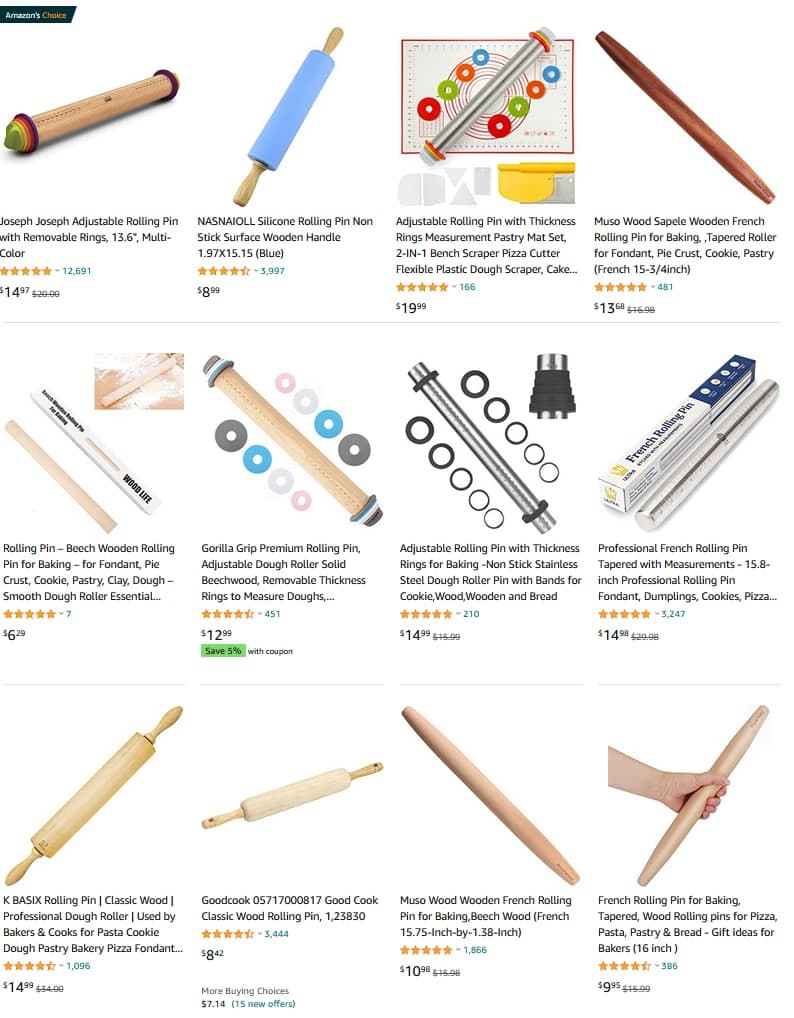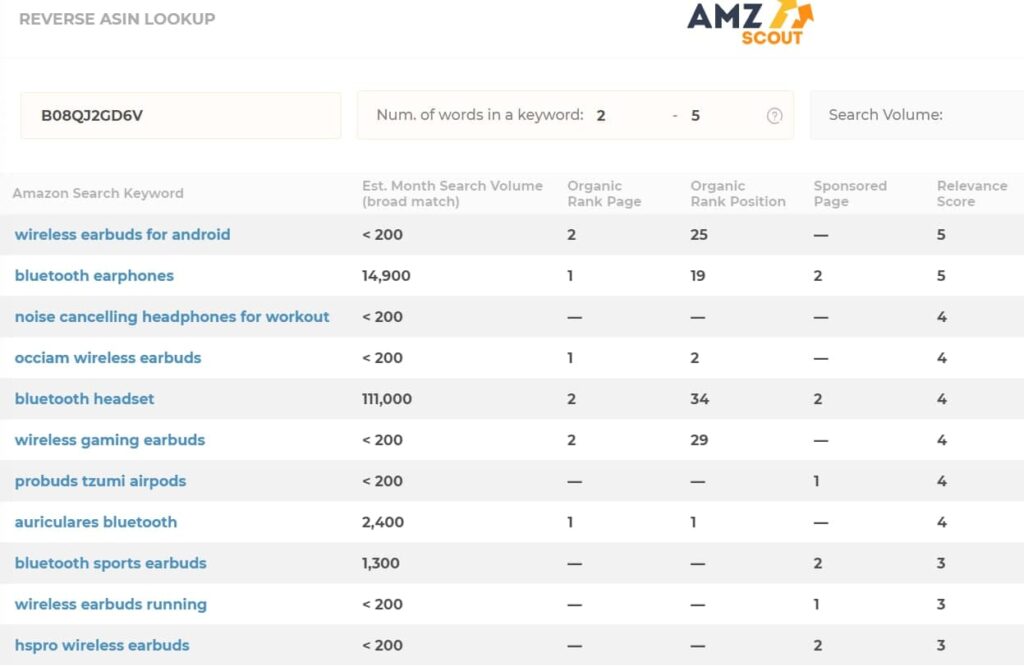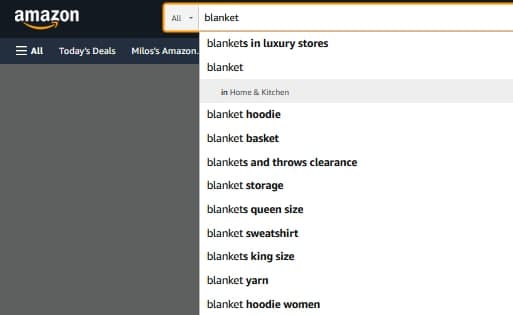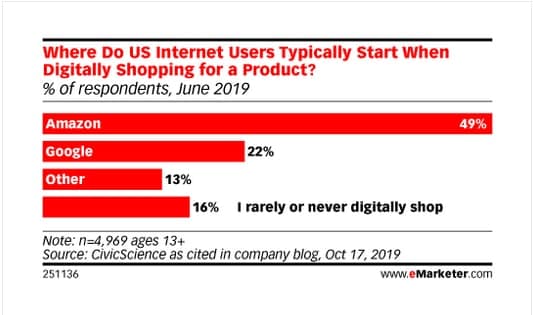As time passes, more and more commerce is transforming into eCommerce. This trend has become especially noticeable as people have gotten more and more used to shopping online due to the COVID-19 pandemic This means that selling things online is becoming even more attractive than ever. When it comes to eCommerce, it’s all about real estate and positioning. You need to get your product to stand out, and even more importantly, make sure that people find it. The classic principle of supply and demand still applies, except this time it’s online.
People search for things that they want. They browse websites or type searches into search bars. This is how they are creating “demand”. You, on the other hand, as a seller, need to make sure that you position your product so that it gets found. This is your “supply”.
The best way to meet the demand with your supply in an eCommerce setting is by using keywords. No matter which platform you are selling on, you want to know what people are searching for and use the information to your advantage. There is no better place to get this information than Amazon. Did you know that half of the people that wish to find something online search for it on Amazon first? Here are the results of a survey conducted by emarketer.com in 2019:
With this in mind, it’s obvious that you would like to know what people are searching for. Thankfully, there is a way for you to precisely understand demand. Before we get to that, we need to go over how the A9 algorithm works and how Amazon ranks products in order, so that you can fully appreciate the quality of data available to you.
Amazon’s A9 algorithm and ranking
Amazon has 2 ranking systems: the best seller ranking system and the organic search ranking system. They are both updated hourly, and they both impact product visibility on the platform.
The bestseller rank – Also referred to as BSR, this rank is entirely based on the sales that one product has in comparison to another. The higher the comparative sales, the higher the BSR. Most products get 2 BSRs: one for their home department and one for their subcategory. We can see here what the BSRs are for a specific product:

You can obtain “real estate” on Amazon using your BSR by being shown higher in searches when you browse by department, instead of by typing a search into the search bar. When it comes to researching keywords, it’s very useful to identify top-selling products, because their BSR is that high because their organic rankings are also high.
Organic search rankings – Organic search rankings are the order in which any product on Amazon shows up in a particular search. The higher the rankings, the higher you are displayed in the search results. You can rank higher by getting more sales through a specific search term. This means that when a customer browsing Amazon types in a specific phrase and finds your product as a result of that search, and then makes a purchase, your rank goes up. Basically, it goes up if you get more sales relative to the other products on that search term. Let’s take a look at an example. Here we have the search results for the search term “rolling pin” on Amazon.com:

This is what a customer on Amazon sees when they type “rolling pin” into the search bar. We can see that the rolling pin most people decide to buy after doing this search is number one, so it has the “Amazon’s Choice” badge. This badge can be easily taken by any other one of the rolling pins on the page. This can happen if the volume of sales of one of the other pins overtakes the current Amazon choice. In fact, the badge tends to fluctuate between listings quite often on most searches. Other products can get to page 1, or higher in rank, by using pay-per-click ads that display their product way higher than it can be found organically.
Keyword indexing and using Amazon market intelligence software
An Important thing to understand about organic ranking on Amazon is that you have to sort of “qualify” in order to be ranked at all. This is what we call indexing. In order to get indexed on any search, you need to have a keyword contained in that search term somewhere in your product listing.
A good product is indexed on thousands of searches. This is where knowledge of Amazon ranking practices factors in when you wish to do keyword research for other platforms. You can use sophisticated software such as AMZScout Reverse ASIN lookup to get this information. It lets you access and use competitors’ keywords. The way this software tool works is that you take the unique Amazon product identifier called an ASIN and enter it into the search bar. Then, you will receive all of the keywords it’s ranked on, as well as the monthly search volume for each keyword. Let’s take as an example one of the top-selling wireless headphones:

With this tool, you also have the option of downloading the list and studying it. The reason that this is such valuable information is that it gives you both the number of times people search for any term on a monthly basis, as well as all of the searches that this product belongs to. By knowing that half of the people looking to buy online type these phrases in to search, you can use them on your own page or platform.
Of course you want to have access to the most frequently searched keywords. Also, by studying the list, you can also find phrases you might not have thought of. Within this list, it’s very common to find phrases that belong to interests or products that are not directly related to the product in question. These are very valuable insights that can not only give you useful keywords to try, but also help you to discover new avenues of interest that can possibly bring more sales to your own platform.
By looking at the BSR of a product, you can tell how well it’s selling. The higher the BSR, the more keywords it’s indexed on, and the organic rankings will be higher. This is how you recognize a valuable target to use for reverse ASIN lookup.
Other keyword research methods
If you prefer to do this manually, there are a handful of options. Keywords are everywhere, and you can actually find them fairly easily by paying attention when you are shopping or browsing online.
Use Google – People use Google for everything, but when it comes to shopping online, 50% of people go to Amazon first. However, the other half doesn’t. We can assume that a decent number of shoppers go to Google first. What’s interesting about this is the fact that whatever item you are searching for on Amazon will be among the Google search results as well.
Also, listings on Amazon are actually affected by the Google page rank algorithm. Basically, you can identify well-positioned Amazon products by finding them on Google first. If you find a product that is ranked high on Google, as well as on Amazon, you have found yourself an excellent source of keywords. This also shows that even the 50% of people that don’t go immediately to Amazon to look for items they want to buy can end up there anyway.
Use the Amazon search bar to get suggestions – this a more hands-on method, but if you are looking for just a handful of the top most searched for keywords on Amazon, you can simply start typing. When you type any keyword, Amazon will give you suggestions. Whatever phrase you type, if it’s searched for often enough, you will get it as a suggestion.

Use related items from Amazon listings – If you are serious about getting the best keywords possible, you should pull from several sources. For example, even if you find a great Amazon listing to use in your research, it never hurts to find a few more similar items to cast a wider net. This is why it’s wise to simply scroll down and look at other suggested items. Amazon as a platform is designed to maximize the potential of any customer continuing to browse the website after making a purchase.
In conclusion, Amazon is the world’s largest online selling platform, and half of the people looking to buy something go there first. The fact that there is data available from Amazon makes it an invaluable source of information to be used in any eCommerce setting.
By understanding how the A9 algorithm works, you can pick out top-selling products and extract the keywords that make them so successful. Everything on the platform is optimized to create the easiest path for the customer to find what they are looking for and make a purchase. This is precisely why using the keywords that Amazon sellers are using as a sort of “direction” for the algorithm is a great way to bridge the gap between supply and demand on your own platform.
As long as you locate the right keywords, you can find a way to use them, whether it’s on eCommerce platforms, your own website, or a social media page that you use to sell your items. Good luck sellers!
AMZScout Amazon Expert Team
- AMZScout Amazon Expert Team#molongui-disabled-link








-300x158.png)


